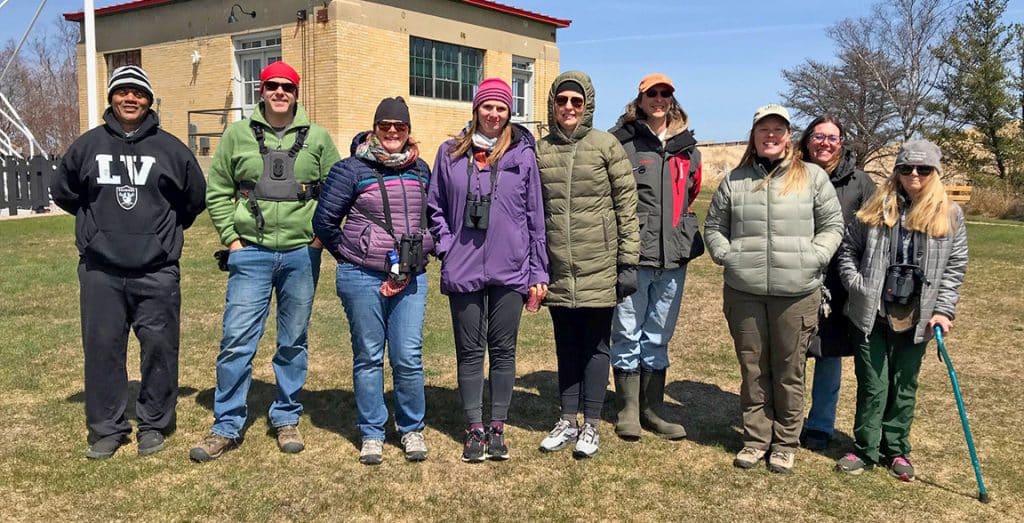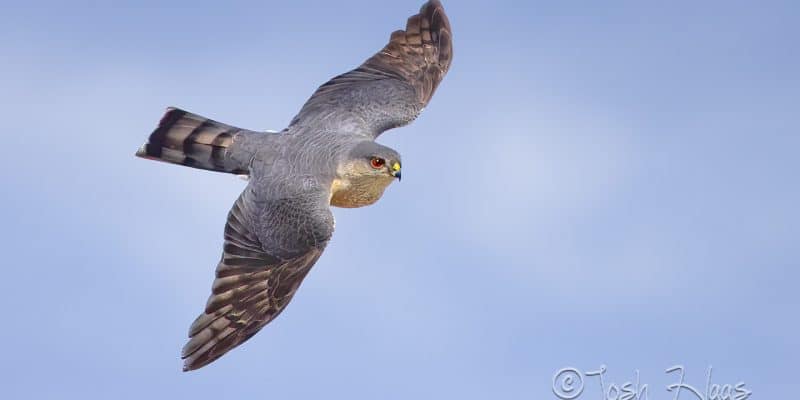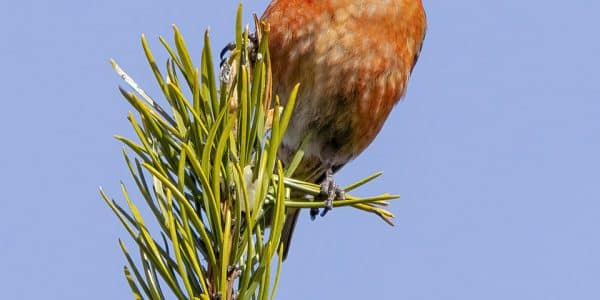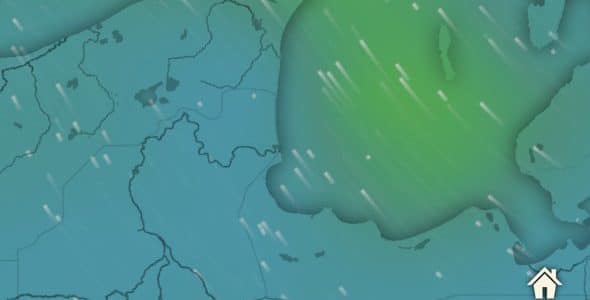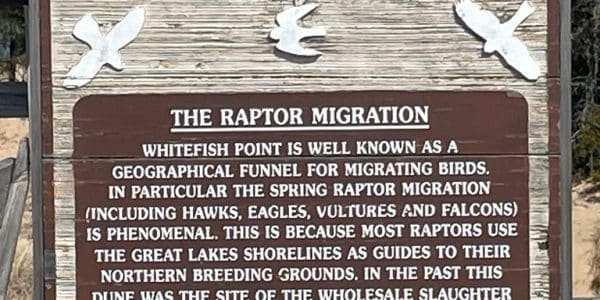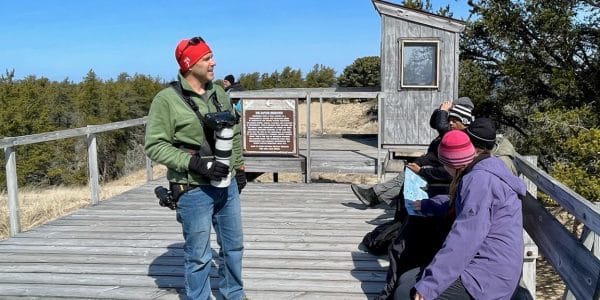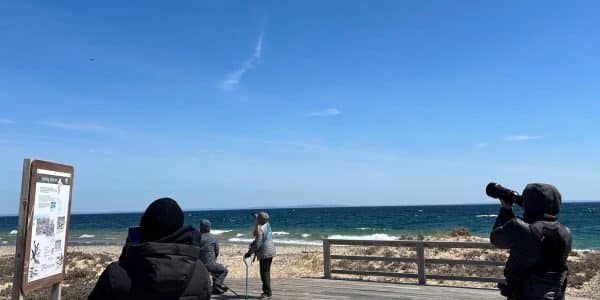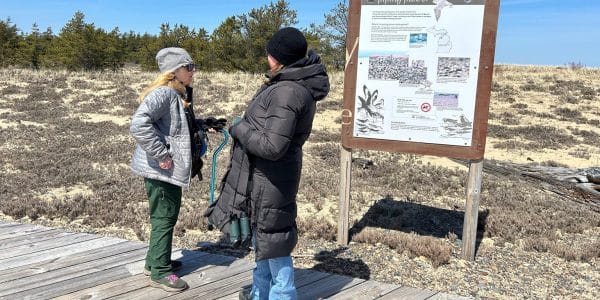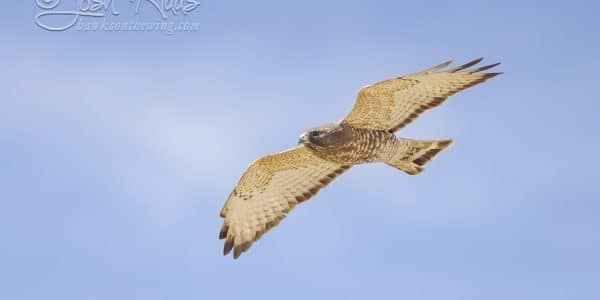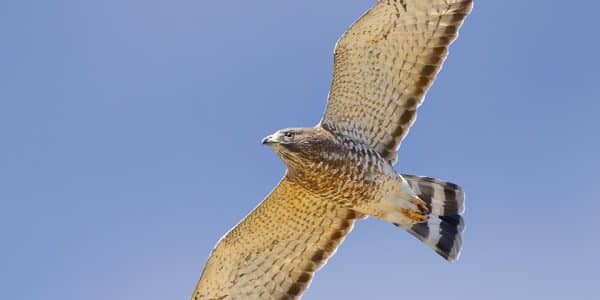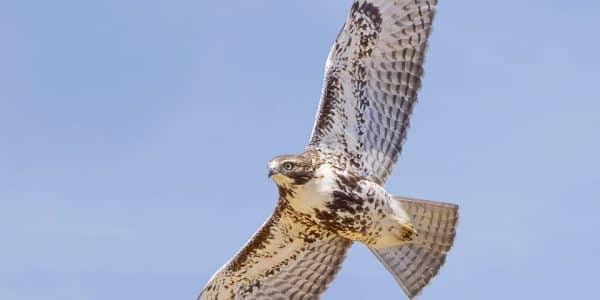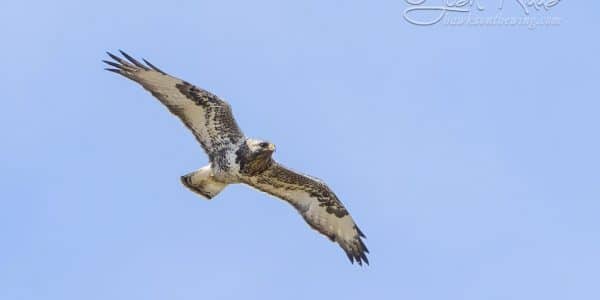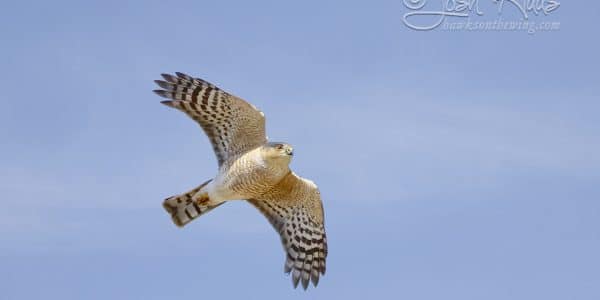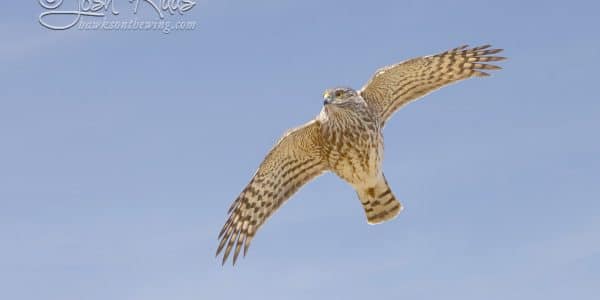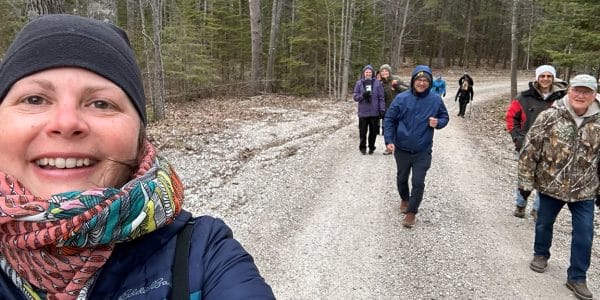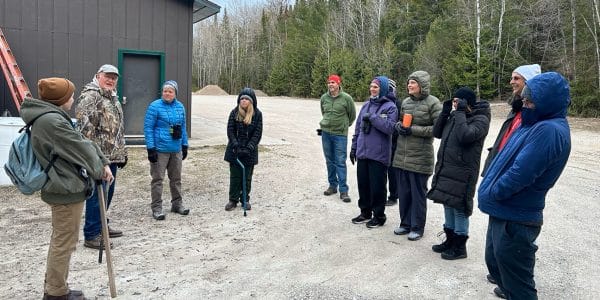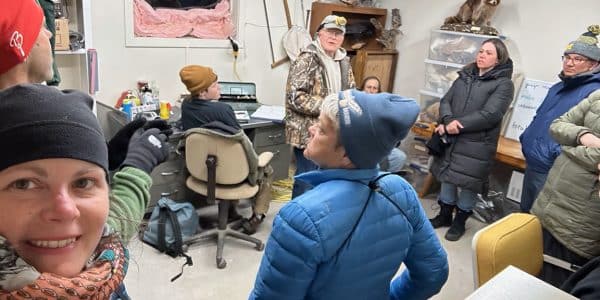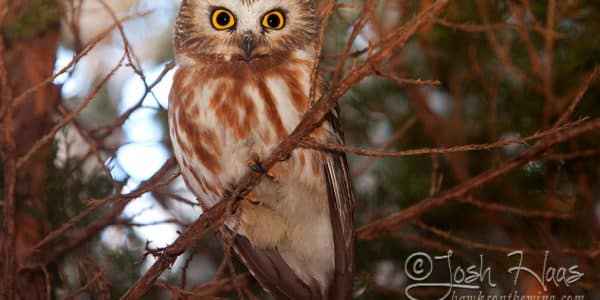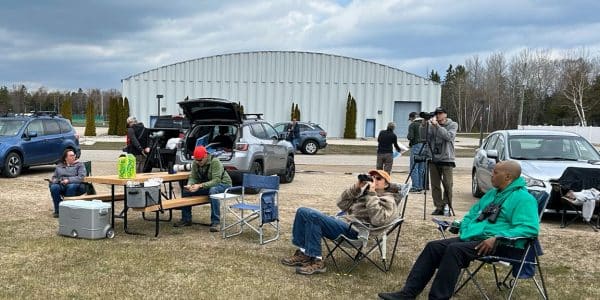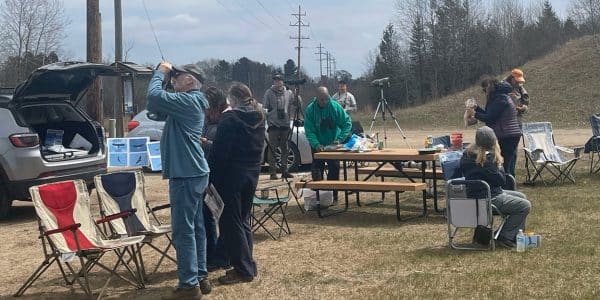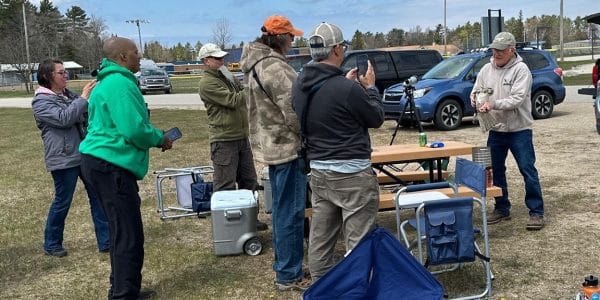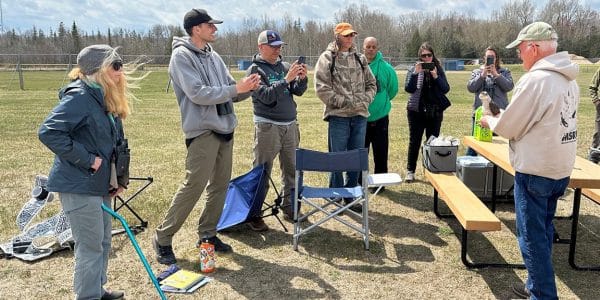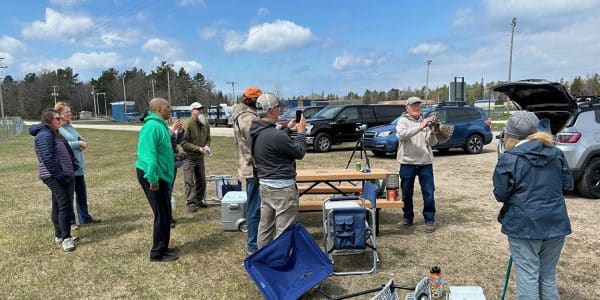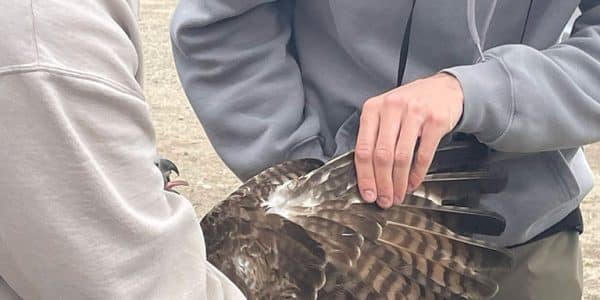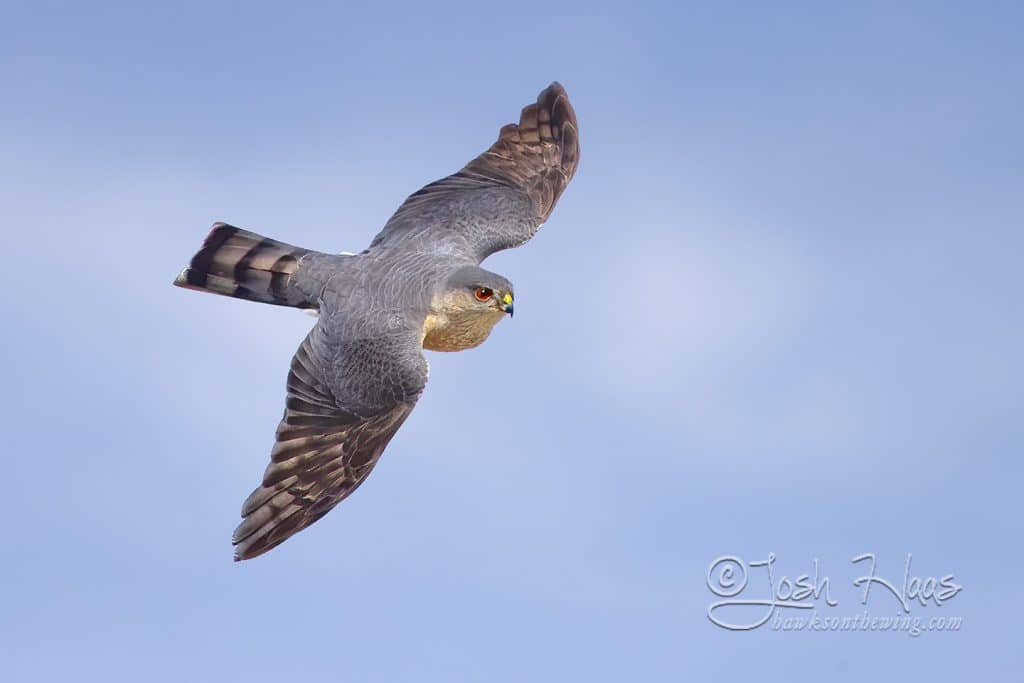
My wife and I introduced seven Michigan educators to the wonder of raptor migration in Northern Michigan. A core part of the HMANA Michigan Raptor Migration Teaching Network (MRMTN), our workshop was based in Mackinaw City with day trips to the Whitefish Point Bird Observatory and the Mackinac Straits Hawkwatch. Both sites were inspiring for soaking in hawk-watching at its best but an impressive movement of Sharp-shinned Hawks stole the show at Whitefish Pt.
The goal of the MRMTN program is to engage with Michigan K-12 educators to support them in building lesson plans and curricula focused on raptors and raptor migration for their classrooms. A group of 11 educators with students ranging in age from elementary to high school are in our learning community and eager to introduce these phenomena to their classrooms.
This trip/workshop marked our first of two site-based workshops where the group can both experience raptor migration but also work collaboratively in person sharing ideas, drafting lessons and furthering their content to make it ready for students. The first year-long phase of the MRMTN project culminates at the HMANA 50th anniversary conference in Duluth, MN where a subset of teachers will share about the program and samples of their curricula.
A less than ideal weather forecast forced some changes to the schedule but it worked out for the best as the first major stop for migration turned out to be superb for Sharp-shinned Hawks, Broad-winged Hawks and Rough-legged Hawks. Not to mention, 50 degrees and sun along Lake Superior certainly helped with the appeal.
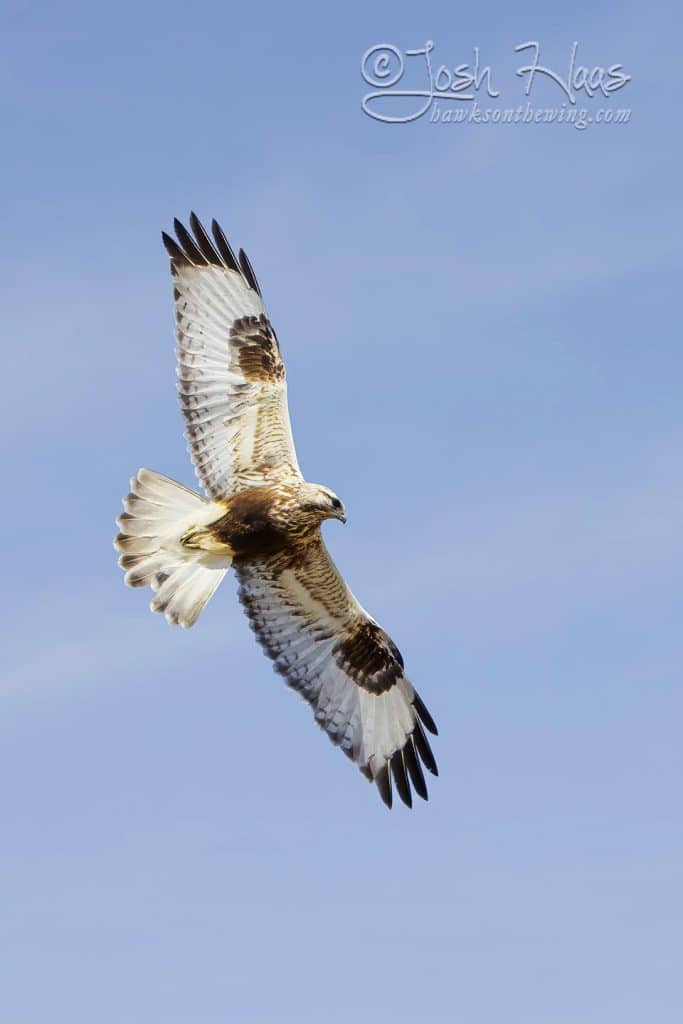
Whitefish Pt. in Michigan’s Upper Peninsula is one of my favorite places to experience raptor migration. It was vital to me the teachers had a similarly emotional connection with the birds and mystique of this site. Prior to hitting the deck, we made a quick introductory stop to the boreal forest where the group participated in an opening activity. While certain target birds eluded us, a secondary target, Red Crossbills made a beautiful appearance.
As we caravanned the final few miles to the point, sky-bound raptor numbers grew as we approached. Upon getting out of our cars, the group was surrounded by Broad-winged and Sharp-shinned Hawks in every direction; a great start before hitting the raised platform. Basking in the sun as we overlooked Lake Superior, we spent a couple hours emersed in the wonder that is hawk-watching. Educators theorized as to why the birds were taking certain flight paths, how to differentiate species and what was causing them to be so low. Experiencing how they view the phenom was inspiring. The winds were not perfect for the water crossing and they were stiff. The positive to stiff winds, however, is it tends to put birds, especially the smaller raptors closer to ground level. Being on the raised platform, this put Sharpies super low where plumage and behavior was a joy to experience.
Upon our return to Mackinaw City, our good friends at the Mackinac Straits Raptor Watch prepared an outing to their owl banding site where banders shared the protocols, premise and research behind their operation. Participants asked great questions, in the spirit of sharing with their students. No owls were caught before leaving but the time and care the Straits group provided was excellent.
The next morning began with rain which gave us an opportunity to begin working as a group to invest in learning plans and share ideas collaboratively. Educators talked about conservation, migration and the birds themselves as they thought about geography, biology, physics and cultural impacts that are relevant and close to home for students in Michigan. We are excited to see each of their learning plans take shape and the creative ways these educators will apply raptors and migration in their classrooms.
As the work began winding down, the rain started to move out and we spent the remainder of the day at the Mackinac Straits Raptor Watch. This showed participants a different side of hawk-watching where field marks were lacking and silhouettes ruled the sky. This created a more thorough study of these birds. The highlight, however, came by way of Raptor Watch ambassador Ed Pike with freshly trapped/banded Hawks to share with the group up-close. It was a fabulous way to close our two days of hawk-watching before ending in the classroom with focus on drafting individual trip reports and finishing lesson plan outlines.
It was a pleasure getting to know these outstanding educators and it gave both my wife and I a sense of pride but also a chance to be humbled as we listened to the ways these educators viewed our passions, with fresh and innovative ways of using the subjects in and out of the classroom.
